Search Images
Browse Content (p. 1590)
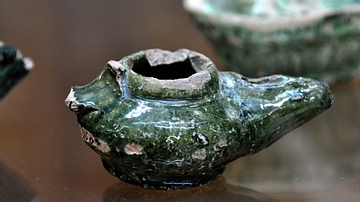
Image
Pottery Lamp
This glazed pottery lamp dates to back to the 6th century CE. From Mesopotamia, modern-day Iraq. The Sulaimaniya Museum, Iraq.
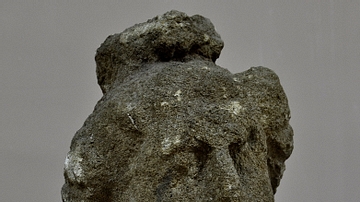
Image
Woman's Head from Hatra
This head from a statue of a woman was found at Hatra (Al-Hadhr), modern Al-Jazira Region, Ninawa Governorate, Mesopotamia, Iraq. 2nd to 3rd centuries CE. The Sulaimaniya Museum, Iraq.
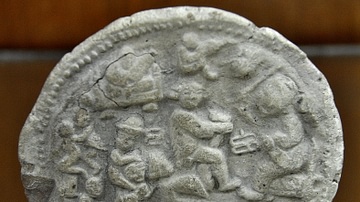
Image
Pottery Plaque from the Hellenistic Period
This round pottery plaque depicts various human daily activities. In the middle, a man and a woman are having sex, and on the left, a standing woman holds a young child on her shoulders. Hellenistic Period, 323-30 BCE. From Mesopotamia, modern-day...
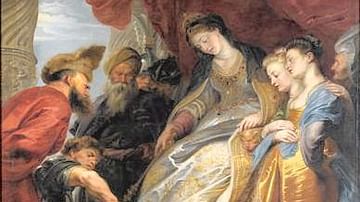
Image
The Vengeance of Tomyris
The Vengeance of Tomyris, by Peter Paul Rubens, 1620-1625 CE, Salon d’Apollon, Grands appartements du Château de Versailles, France

Image
The Revenge of Tomyris
The Revenge of Tomyris by Michiel van Coxcie (c. 1620 CE). On display at Akademie der bildenden Künste, Vienna. Tomyris was queen of the Massagetae who successfully defended her people against a Persian invasion led by Cyrus the Great...
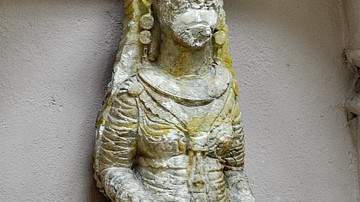
Image
Statue of a Sitting Woman from Hatra
Complete statue of an unknown sitting woman from the ancient city of Hatra. She wears an elaborate headdress, earrings, necklace, and dress. Both arms rest on her thighs and the woman's hands cover the knees. From Hatra (Al-Hadhr), modern...
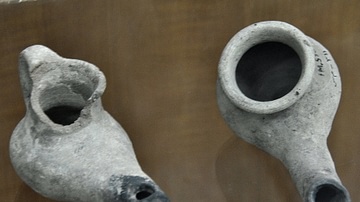
Image
Pottery Lamps
These two pottery lamps date back to the Neo-Assyrian period, 911-612 BCE. From Mesopotamia, modern-day Iraq. The Sulaimaniya Museum, Iraq.
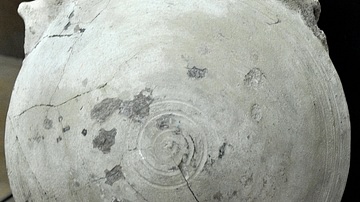
Image
Pottery Flask from Tapa Raza
This large pottery flask was found in the ancient mound of Tapa Raza, Sharazor plain, modern-day Sulaimaniya Governorate, Mesopotamia, Iraq. Late Sassanid/early Islamic period, 6th to 7th centuries CE. The Sulaimaniya Museum, Iraq.
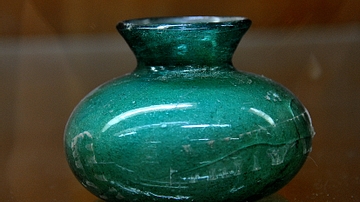
Image
Glass Perfume Container
This perfume bottle was found in Mesopotamia and dates back to the early Islamic period, 7th-9th centuries CE. The Sulaimaniya Museum, Iraq.
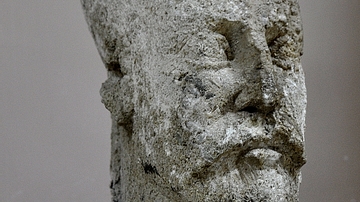
Image
Head of a Male Statue from Hatra
Head of a statue of a nobleman. From Hatra (Al-Hadhr), modern Al-Jazira Region, Ninawa Governorate, Mesopotamia, Iraq. 2nd to 3rd centuries CE. The Sulaimaniya Museum, Iraq.